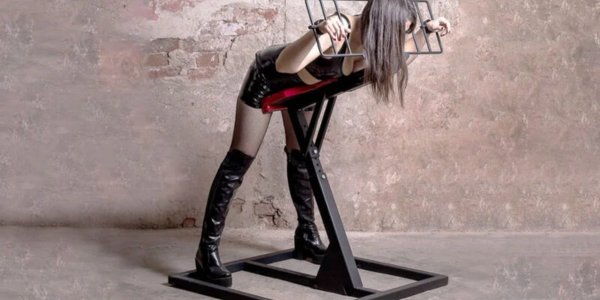Immobilization
Immobilization in BDSM: The Art of Stillness and Control
In the realm of BDSM, immobilization refers to the deliberate restriction of a partner’s movement to heighten sensation, trust, and surrender. This practice transforms stillness into a form of communication—where one partner relinquishes control, and the other assumes full responsibility for their experience.
Immobilization can be achieved through various tools, from rope bondage and leather restraints to spreader bars and vacuum beds. Each method creates a different level of confinement, allowing couples to explore how restraint shifts physical and emotional awareness. When movement is removed, every touch, sound, or breath becomes magnified, creating deeper erotic intensity.
The Sensory and Emotional Appeal
What draws people to immobilization isn’t just the visual of restraint—it’s the psychological surrender it represents. The restrained partner experiences a sense of vulnerability and exposure, while the dominant partner gains a heightened sense of control and focus.
For many, immobilization enhances intimacy. It builds trust through communication and aftercare, ensuring the submissive feels both safe and desired. Properly executed, it becomes less about restriction and more about connection—a moment where both participants explore power exchange through mutual awareness.
FAQ
What is body immobilization?
Body immobilization is the act of restricting a person’s movement, often using restraints or bondage tools. In BDSM, it’s used to enhance physical sensation and emotional surrender.
What does it mean to immobilize someone?
To immobilize someone means to prevent them from moving freely. In a consensual sexual context, it’s done to heighten sensory focus and establish trust between partners.
What does it mean when a person is immobilized?
When someone is immobilized, they are unable to move voluntarily. In BDSM, this can create feelings of vulnerability and arousal when performed safely and with consent.
What can occur if you immobilize a body part?
Restraining a body part increases sensitivity and physical awareness. However, prolonged pressure can reduce circulation, so breaks and aftercare are essential for safety.
















